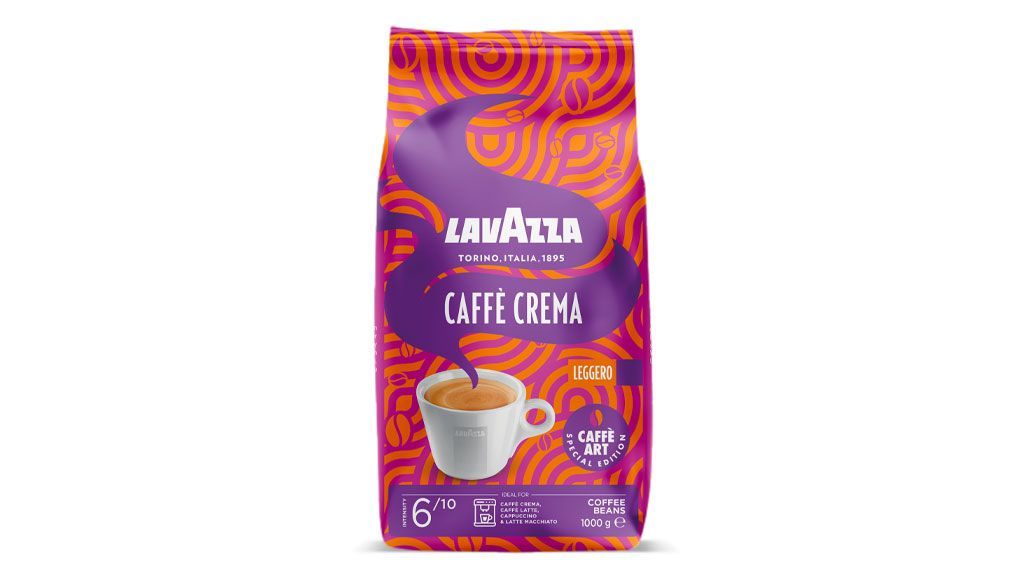A Revolutionary Day at the FAO: Wearable Food Waste
Imagine walking through the stands at an event organized by the FAO (Food and Agriculture Organization of the United Nations) and stumbling upon a showcase that could genuinely redefine the future of fashion and sustainability. Yes, I'm talking about innovative and eco-friendly textiles that not only have the potential to revolutionize the fashion industry but also make us reflect on our environmental responsibility.
The Experience at the Event
At the heart of the event, one stand caught everyone's attention: a display featuring super eco-friendly textiles made from unexpected elements like fish, fruits, and fungi. Yes, you heard it right: textiles made from lemons, oranges, pineapples, bananas, and even a type of fungus used for creating insulating panels in construction. Brands like Ananas Anam, Bananatex, Barbara delle Rovere, Orange Fiber, Spora Studio and Vegea displayed their amazing creation and provided explanation of how bioeconomy principles are used during the process.
The Surprising Variety
The breathtaking event organized by World Food Forum, FAO’s Office of Climate Change, Biodiversity and Environment (OCB) – Environment Team and Bites of Transfoodmation (BoT) was thought through into all possible details. If you think these materials might look raw or unattractive, you'd be mistaken. The textiles on display were not only eye-catching but also surprisingly similar to those we are accustomed to, such as cotton and leather. The idea that a piece of "leather" could actually come from a fish or that an elegant "cotton" fabric could be made of bananas is simply revolutionary.
The Emphasis on Eco-Friendliness
The main aim of the event was clear: to show that sustainability is not just a passing fad but an urgent necessity. "Innovation in sustainable textiles is closely tied to our commitment to reduce food waste. Utilizing fruits, vegetables and fish in this way is a win-win not only for the environment and the food industry, but also showing how important and impactful bioeconomy truly is." stated Jana Stankova, Communication Specialist for the OCB Environment Team.
Beyond Fashion: Versatile Applications
Although the main theme was fashion, the stand also explored other practical applications of these new materials. For example, a type of fungus displayed is used to create insulating panels, offering an eco-friendly alternative to traditionally used synthetic materials in construction.
Conclusion
The day spent at the FAO was a true revelation about the future of sustainability and fashion. These innovative and eco-friendly textiles are not just a step in the right direction; they are also tangible proof of how innovation can go hand in hand with environmental responsibility. It's high time for all of us to seriously consider how our daily choices can have a long-term impact on our planet.












